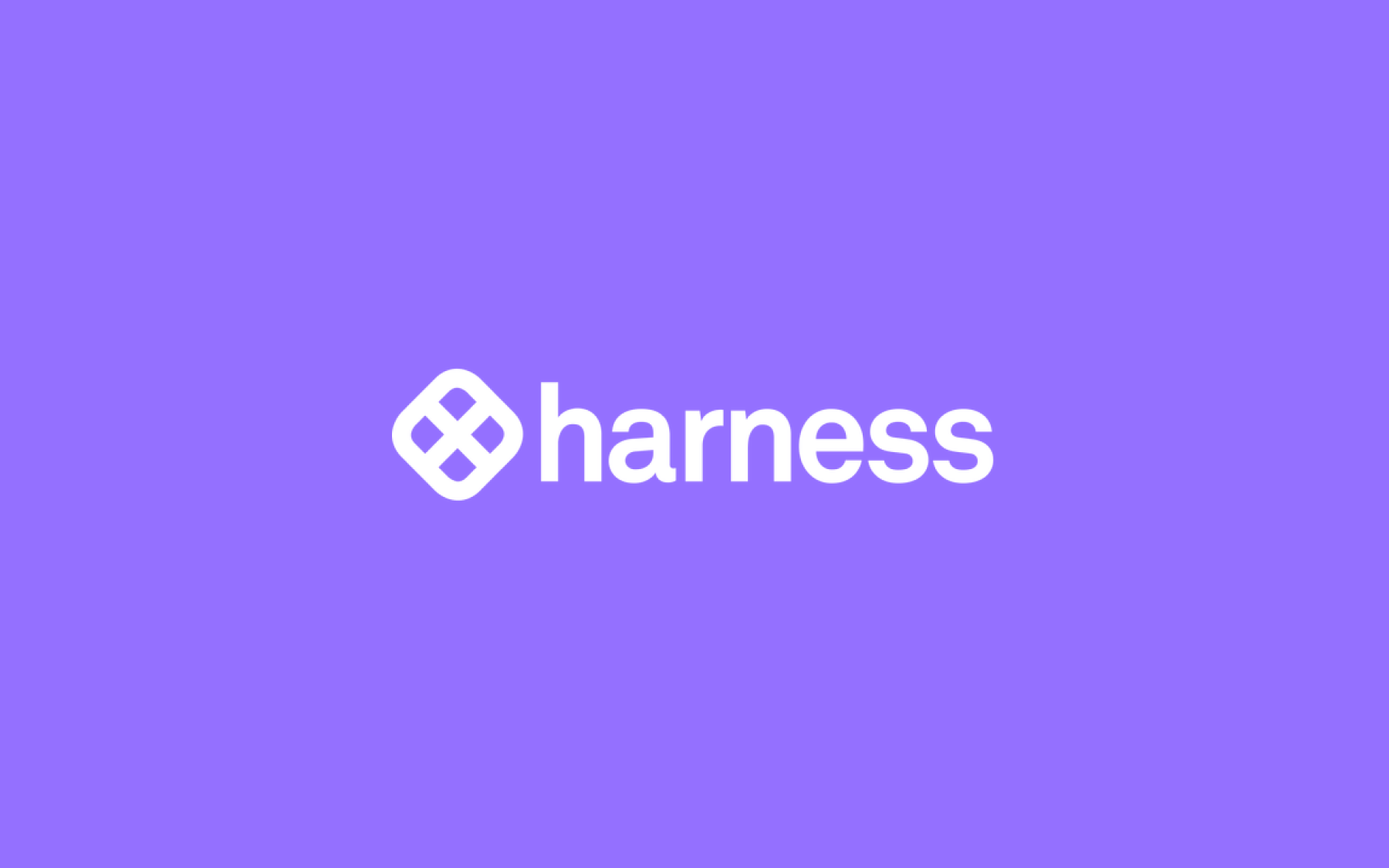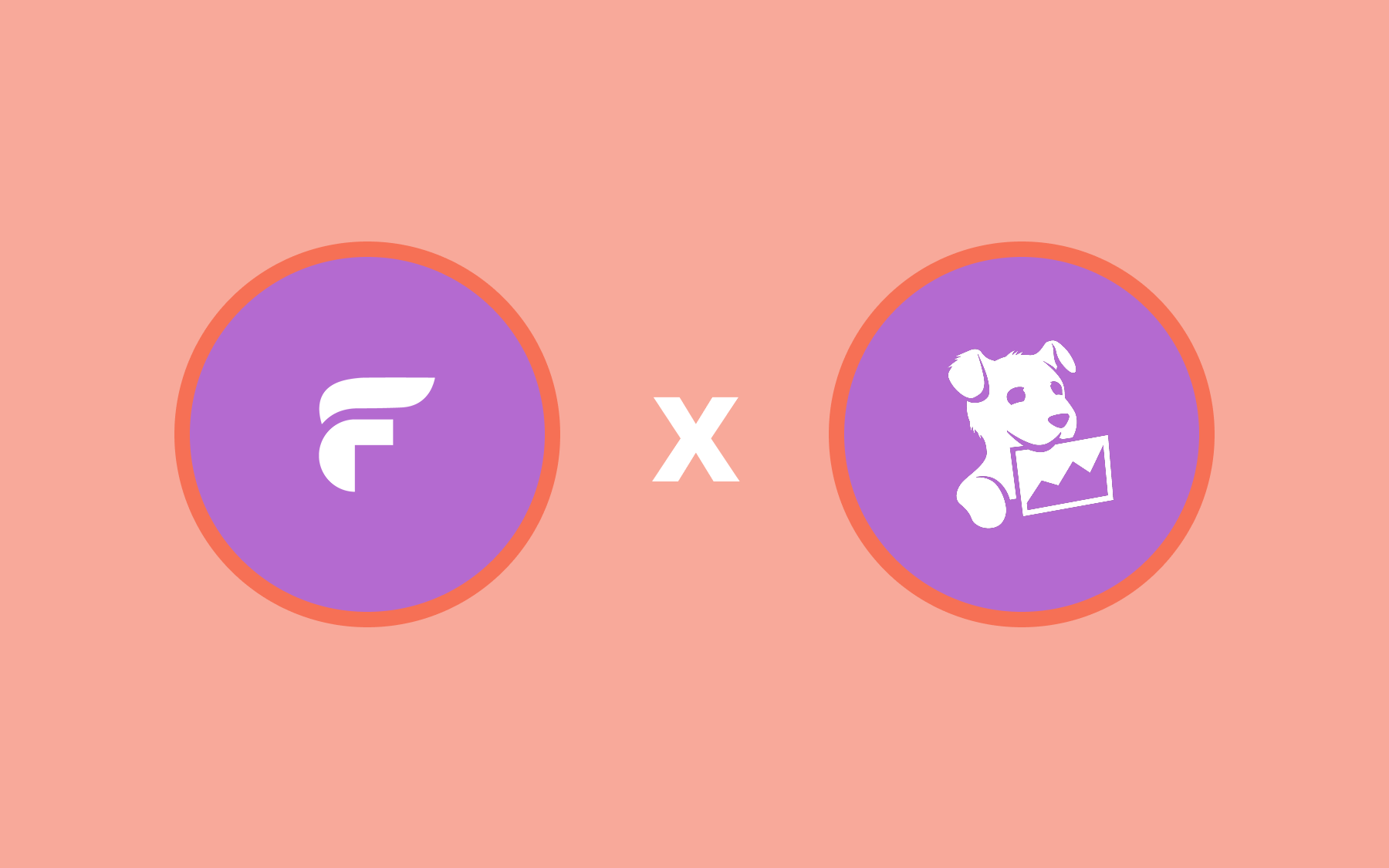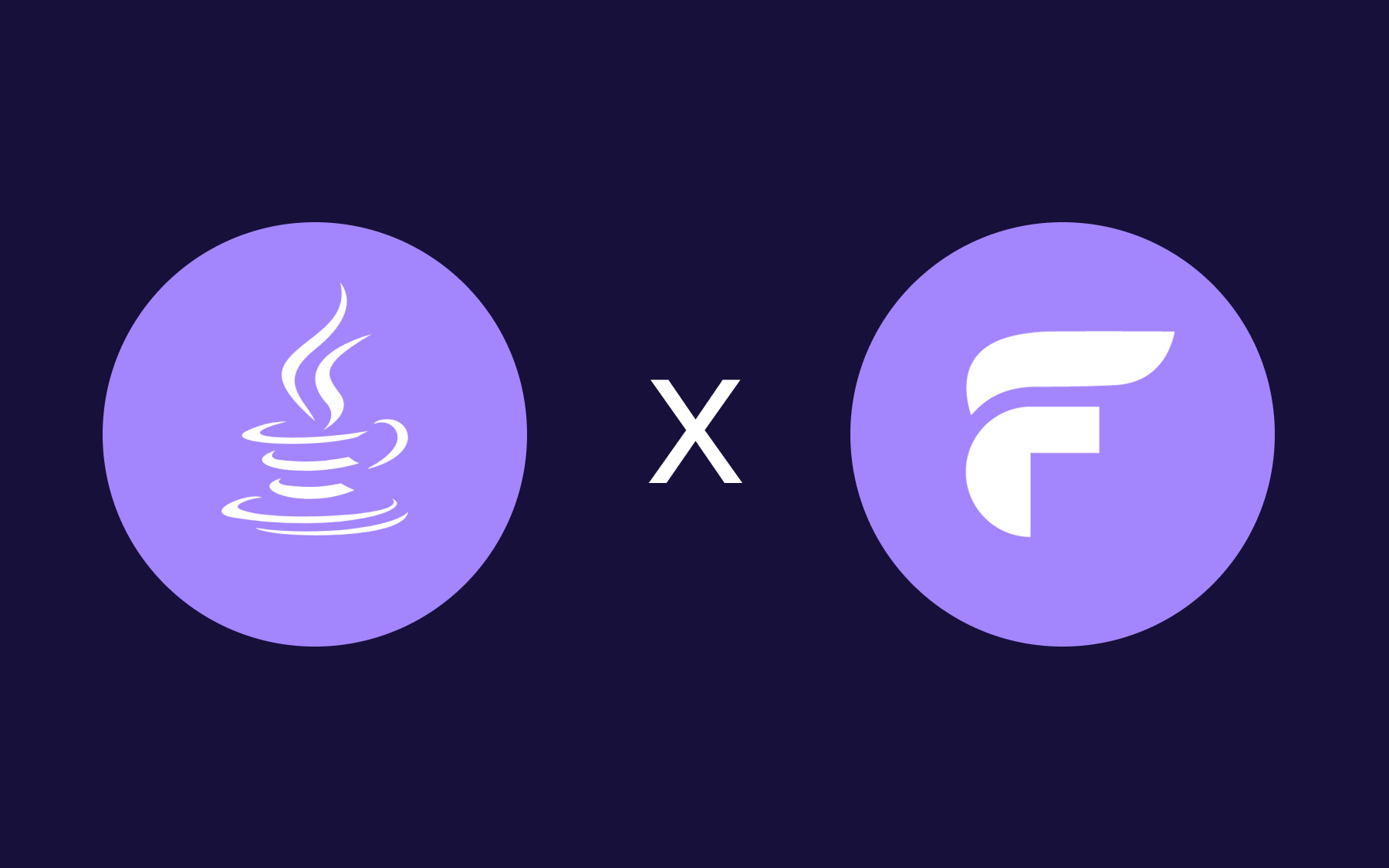6 Best Firebase Remote Config Alternatives & Competitors

Firebase has always been a go-to option for developing applications. Considering its ease of use and beginner-friendly features, it provides an easy way in for most developers.
That being said, many developers looking for remote configuration solutions have pointed out issues like:
- Vendor lock-in
- Differences in analytics data
- Security challenges
- Google ecosystem limitations
These drawbacks can prevent developers from creating apps and confidently testing features. Fortunately, many Firebase Remote Config alternatives are available on the market.
In this guide, we'll review six of the best Firebase Remote Config competitors, covering what sets each apart as well as their best use cases.
Best Firebase Remote Config alternatives
Why is it time to consider alternatives to Firebase Remote Config?
Even though Firebase's Remote Config feature doesn't require an additional fee, the reality is, the platform simply has too many features for those who are looking for a simple remote config solution.
The sheer complexity can throw you off and add to your software bill over time—leading to a waste of resources.
While that’s a key issue, here are a few more challenges you can expect to face:
- Caching issues: When you toggle a feature flag, the application's behaviour changes immediately. But with Firebase, the flip causes a lag, and the flag state doesn't update immediately—which disrupts the development workflow, especially during critical update or testing phases.
- Security issues: If you're in a data-sensitive organisation, security is a massive issue. Firebase doesn't offer a workflow to differentiate between the production and development/staging environment, making it challenging to manage the flags well.
- Vendor lock-in: Firebase is a Google product, meaning you're locked into its ecosystem. If you're looking to move away from the platform, migrating your data and setting it up can take a lot of engineering resources.
- Rate limiting and caching: Apart from the initial caching issues, Firebase also imposes rate limits on its services. These limits restrict the number of requests performed within a specific timeframe and impact the application's performance and scalability. If you're changing flag states frequently, it's a huge bottleneck.
- Accuracy issues with analytics: You can only integrate Firebase with Google Analytics, which is a limitation for those who use other analytics tools like Mixpanel and Amplitude. Many developers have also reported inaccuracies in reporting between Firebase and other analytics tools. Plus, reporting can be delayed, which affects the decision-making process for A/B tests.
- Lack of advanced analytics features: At the moment, Firebase only offers an A/B or split testing feature that lets you test just one variable at a time. If you're testing multiple variables and need multivariate testing, it's likely not the right tool for your needs.
These challenges make it hard for data-sensitive organisations with a growing engineering team to continue using Firebase.
So, what are your options when it comes to Firebase Remote Config alternatives? Here are our top six picks:
1. Flagsmith
Flagsmith is a dedicated, open-source feature flag and remote configuration service designed to help teams efficiently manage feature releases and application configurations.
It provides a robust platform for securely controlling the deployment of new features, conducting A/B testing, and dynamically managing configurations across multiple environments. Private cloud and on-prem deployment options also make it ideal for security-conscious organisations.
Here’s an interactive demo that shows you how it works:

Flagsmith features:
- Feature flags: Feature flags allow developers to dynamically turn features on or off in their applications. You can perform gradual rollouts, A/B testing, and quick retraction of problematic features without redeploying code. Plus, you get an intuitive dashboard for managing these flags, ensuring easy and effective control over feature deployments.
- Remote config: With Flagsmith, you can manage app settings and configurations. For instance, you can change the checkout payment options or the colour of a button without deploying new code each time. You can also adjust the configurations based on environment or user segments.
- Flag analytics: Learn more about how your flags are used and their impact on application performance. This includes tracking the usage of different flags, user interactions, and the effectiveness of feature rollouts.
- Security: Get access to 2FA, SAML, Okta, ADFS, and LDAP authentication capabilities to protect your environments.
- Audit logs: Access detailed records of all feature flags and configuration changes. This includes who made changes, what changes were made, and when they occurred.
- Segmentation: Target specific user groups based on custom attributes such as location, subscription level, or user behaviour. This allows you to offer a personalised experience and roll out the right features to the right users.
- Role-based access: RBAC lets you provide access only to authorised personnel, ensuring no one can make changes without the know-how. You can also assign specific roles like Administrator or User.
- Change control: This feature allows structured and controlled updates to feature flags and configurations. It includes approval workflows and version control, ensuring that changes are reviewed and tested before being deployed.
- Scheduled flags: You can toggle features on or off at predetermined times. This is useful for time-sensitive promotions, seasonal features, or automated rollouts.
- Integrations: You can integrate Flagsmith with various development tools and platforms, including CI/CD pipelines, monitoring systems, and collaboration tools. A few examples include:
• Webhooks (for other integrations)
In general, developers love Flagsmith because of the simplicity of its user interface, its full-fledged flag management solution, and its open-source nature. Flagsmith allows you to easily manage a large set of feature flags and test features or roll them out without too much hassle.
Here’s what one of our users had to say:

Plus, you can use it within any app ecosystem—removing dependencies on a particular tech stack, unlike with Firebase.
Flagsmith pricing
Flagsmith offers several pricing plans, including a free plan.
If you’re deploying to the cloud, you have three pricing options:
- Free: You get unlimited feature flags and up to 50,000 requests a month (best for solo developers or small teams).
- Start-Up: The plan costs $45 per month for up to 1,000,000 requests per month, unlimited projects and multiple testing options.
- Enterprise: Contact us for a quote, as this plan includes dedicated technical support, onboarding, and training.
In addition to cloud deployment, our Enterprise plan also offers more flexible deployment options:
- Private cloud: You get access to Flagsmith's single-tenant private cloud solution, which works well for teams that want to optimise resources and have specific compliance requirements.
- On-premise: If you want to manage your own infrastructure, choose this option. It provides maximum application-level security and minimises service-to-service latency and you can install on-prem or in your own cloud.
In either case, please reach out to our team.
Who is Flagsmith best for?
Serving a wide array of customers, Flagsmith is best suited to enterprise and data-sensitive organisations looking for a dedicated feature flagging and remote config solution—without feature bloat. It’s flexible, easy to get up and running, and integrates with other tools in your stack.
Flagsmith also allows you to create a hierarchical structure for organisations, projects, and environments. This allows you to customise features for different environments, giving you more flexibility during testing and rollout. Firebase doesn't offer this flexibility because the configurations are limited to a single project.
You can also manage a feature's activation separately from its configuration, allowing for precise control. When it comes to testing, you get advanced segmentation capabilities where you can create complex conditions using:
- User traits
- Percentage splits
- Semantic versioning
There are no limits in this case, whereas Firebase only allows up to 25 different user properties across analytics and remote config.
You can also compare environments and access audit logs to see what's happening in your development environment. Flagsmith is also SOC 2 Type 2 certified, which means your data is secure and private at all times.
If you’re looking for an open-source, secure, and dedicated remote config solution, Flagsmith is a good alternative to Firebase.
TL;DR
Flagsmith is a great fit if you are:
- An enterprise or data-sensitive organisation
- Looking for a dedicated feature flagging and remote config solution without feature bloat
- Your engineering team want flexibility and ease of use
- You need to integrate with other tools in your stack
Questions? Get in touch
2. Build your own remote config solution
You might be at a stage where you either don't need a dedicated solution for remote configuration or lack the resources to implement one. In these cases, you could build a bespoke solution to fulfil your team's needs.
First, you’d need to decide on a data source that your app will connect to during runtime to determine its configuration. This source is usually an existing database or external file. The file could be as simple as a table in the app's database or a JSON document hosted on a publicly accessible URL that lists the features to enable/disable in the app.
Pros of building a bespoke solution:
- This works well when there are only a handful of features, a small customer base, and short-lived flags.
- They’re great for building team or problem-specific solutions that don’t require too much time.
- You don't need to retrain or include standardisation procedures for developers from other teams or companies.
- They're also cost-effective for budget-aware teams that need a quick fix for their flagging needs.
- You’ll have complete control and flexibility while rolling out your features since you’re familiar with the setup.
- You can also implement strong security controls such as encryption standards and authentication mechanisms to meet your security needs.
- You don't need to be limited by the restrictions of a third-party app, such as Firebase, since it's built according to your needs.
Cons of building a bespoke solution:
- If you're using a JSON file, it's an entirely static option requiring redeployment to make any changes. You'll waste time with each deployment, which is handled well using other services like Flagsmith or Firebase.
- You’ll have to build your own segmenting or testing logic from scratch—and if you need to provide user-specific configuration, it gets more complex.
- Non-technical teams will have a hard time making configuration changes or monitoring these changes unless you build the user interface to support that need.
- You can't get real-time updates from your app unless you implement the feature on both the client and server sides.
- As your team scales, the number of flags you store will increase, along with their complexity. And, if you want to introduce long-lived flags or real-time flags, a custom solution won't support these.
- Deploying JSON with your app means your app can't be geographically distributed. Users who aren't close to your servers will incur a latency penalty. While you can build this functionality, it tends to waste resources.
- Choosing a third-party solution makes more sense if you have limited resources or time to build the solution.
- Your team is responsible for building more features as you scale and maintain them.
Who should choose custom config solutions?
Development teams without resource constraints—who can’t find a dedicated tool to fit their needs—could consider creating a custom solution as an alternative to Firebase or other remote config solutions.
3. ConfigCat
ConfigCat is another option for teams looking to manage their feature flags. They include all their features within the free tier (with limitations), and the pricing is based on feature usage (except for dedicated hosting needs).

ConfigCat features:
- Feature flags & remote config: You can use Boolean-based toggles to enable or disable features in different environments,
- Segmentation: You can segment users and roll out features based on specific variables, such as region, email, and subscription.
- A/B testing & rollouts: Conduct A/B and multivariate testing on multiple segments before rolling out features.
- SDKs: Use it with applications that use programming languages like .NET, Java, Android, iOS, Node.js, JavaScript, PHP, and Python.
- Integrations: Integrate with messaging, analytics, and development platforms like Slack, Datadog, and CircleCI.
- Security: Get access to features like 2FA, SSO, and SAML.
Some considerations for security-conscious organisations
Depending on your needs, ConfigCat’s architecture can be considered quite basic. This is most apparent in flag evaluations, as all flag evaluations in ConfigCat take place locally—for both server-side and client-side SDKs. Evaluations are done by downloading a publicly accessible JSON file that includes all flag information and segment/targeting rules. This means that all the names of flags and segments, as well as the rules that define segments, which may contain sensitive or proprietary information, are exposed to the public.
Another consequence of this architecture is that ConfigCat doesn’t store user information. This means that your application requires all user data to be present when evaluating flags, which is not always possible or expeditious. The only way to get around this limitation is to self-host the ConfigCat Proxy, which is another piece of infrastructure to keep track of.
In comparison, Flagsmith never publicly exposes any segment names or rules and only supports local evaluation for server-side SDKs, reducing latency and API calls. Flagsmith also allows self-hosting of its Edge Proxy or Flagsmith itself (running on-prem) to further improve performance if needed.
Flagsmith natively supports real-time flags using Server-Sent Events on its SaaS platform. ConfigCat, on the other hand, requires you to self-host the ConfigCat Proxy to have real-time flags.
ConfigCat pricing
ConfigCat offers five pricing plans, including a free tier for teams with minimal needs.
Here’s how the pricing tiers work:
- Free: You get up to 10 feature flags, two environments, and one product for free. The segmentation levels are limited to two segments, and you can only apply four targeting rules per flag.
- Pro: This plan costs $119 per month, and you can manage up to 100 feature flags, three environments, and three products. However, you can also get up to three segmentation levels per flag and eight targeting rules per flag.
- Smart: For $359 per month, you can have unlimited environments, feature flags, and segmentation levels available. You also get email and Slack support if needed.
- Enterprise: You get dedicated support (4 hours), up to 1 billion configured JSON downloads, and 4 TB of network traffic.
- Dedicated (Hosted/On-premise): You get a dedicated private cloud managed by your team or ConfigCat with over 6 billion JSON downloads and 24TB of network traffic.
Except for the Enterprise and Dedicated plans, the rest are self-service plans you can subscribe to on your own. Companies with average engineering needs tend to choose the Smart plan or tiers above that.
Who is ConfigCat best for?
Teams of all sizes use ConfigCat.
However, if you need access to more advanced logic for flagging or the ability to automatically push changes, it might not be right for you. The process tends to be slightly complicated in these cases. For example, you'll need to configure your own webhooks to push changes instead of adding rules to do that.
In addition to this, ConfigCat’s architecture might not work for you if you’re intent on keeping flag information and segment/targeting rules private.
4. AWS AppConfig
AWS AppConfig is a managed service within the Amazon Web Services (AWS) ecosystem that allows developers and administrators to manage application configurations and feature toggles.
It lets you deploy configuration changes across applications and microservices without redeploying the application. It's a capability of AWS Systems Manager, and its main use cases include:
- Feature flag management
- Controlled deployments
- Configuration validation
- Application tuning
- Dynamic configuration updates

AWS AppConfig features:
- Feature flags: You can toggle features on or off depending on the environment and use case while maintaining full control of your app.
- Validator: Before rolling out your configuration data, make sure it is correct (syntactically and semantically) to prevent errors.
- Automatic rollback: Integrate with Amazon CloudWatch so the application automatically rolls back a feature if the wrong configuration change is deployed.
- Centralised configuration storage: Use the service to deploy data stored within AWS apps like the AWS AppConfig hosted configuration store, AWS Secrets Manager, Systems Manager Parameter Store, or Amazon S3.
- Allow/block list: Make real-time changes to your application without deploying code.
- Deployment strategy: Time your deployment changes over minutes or hours by configuring those limits within the service.
- Integrations: Use AppConfig with any Amazon AWS app, as they're all connected.
Although it offers extensive capabilities for feature flagging, its limitation to the AWS ecosystem can be an issue for teams not working within this ecosystem.
Also, there are limitations depending on where you store your configuration data. For instance, if you're using the AWS AppConfig hosted configuration store, you get up to 4 MB of configuration size limit. However, you get a maximum of 8 KB on the Systems Manager Parameter Store.
Similarly, the resource storage limit is 1 GB on the hosted configuration store, but you get up to 100,000 parameters on the parameter store. These constraints exist so you can manage and deploy configurations efficiently within the AWS environment.
AWS AppConfig pricing
Unlike other flag management services, AWS AppConfig uses a pay-as-you-go model. It’s based on your configuration data and feature flag retrieval. So, every time you request data configuration data from its API, you’re charged.
The pricing plans are as follows:
- Configuration requests via API calls: $0.0000002 per configuration request
- Configurations received: $0.0008 per configuration received
Who is AWS AppConfig best for?
It's a great option if you're already using AWS's suite of services or the AWS Systems Manager.
Otherwise, it may not be a great option if your tech stack relies on Google or any other ecosystem. If you need a tool for developing apps, AWS AppConfig would not be a good choice since it only helps with configuration management.
5. Unity
Unity is a widely known 2D and 3D content development platform. While it's mostly used in the gaming industry, other industries—such as architecture, manufacturing and automotive design—have also found it useful.
You can create apps and content for platforms like mobile phones, tablets, PCs, consoles, and augmented and virtual reality devices.

Unity features:
- Creation tools: Use tools like animation, rendering, AI control, and no-code creation capabilities to create 2D and 3D immersive experiences.
- Remote config: This option can release and roll back game features in real-time without deploying new versions.
- Universal Render Pipeline (URP): Built on top of the Scriptable Render Pipeline (SRP), easily optimise graphics across different platforms.
- Addressable Asset System: Create assets from specific content like game elements and host them within this system. You can load these assets at runtime by using this address—simplifying the development process.
- Analytics: Measure the game's performance and understand player behaviours within Unity Studio to refine the gaming experience.
Unity doesn’t have a massive focus on feature flag management services. Their documentation only provides information about remote config from a game development perspective.
For instance, this feature can adapt the game for different players or gaming levels. You can also roll out features or test different features like colours, styles, and prices using Campaign tests.
This feature can be used to make any change that you need to make in real-time or based on certain user segments.
Unity pricing
Unity Engine, the main development platform, offers multiple pricing plans that are typically tiered. The Personal, Educator, and Student licences are free. The remote config feature is also free.
As a company, you'll most likely use the Unity Pro plan, which costs $185 per month and only lets you build games and publish them to game consoles.
The Unity Industry plan gives you advanced development tools and enterprise-level support for $450 per month.
Who is Unity best for?
Unity is excellent for development teams within the gaming industry or for those learning how to build apps (education). The product is built with a gaming focus, which is why companies from other verticals choose other remote config solutions.
If you're developing other types of applications, you'll benefit from more robust services like Flagsmith.
6. Azure App Configuration
Azure App Configuration is a cloud-based service provided by Microsoft Azure that helps developers manage and secure application settings and feature flags. It's designed to improve the configuration management process across multiple development environments—making it easier to handle dynamic settings.
According to Microsoft, it's best suited for applications like microservices based on Azure Kubernetes Service or Azure Service Fabric and serverless apps that include Azure functions.

Azure App Configuration features:
- Feature flag management: You can enable or disable features as needed, which helps you roll out or A/B test new features.
- Keys labelling: You can categorise and manage configurations based on labels. It supports versioning, environment-specific settings, and easy rollback by applying labels to different versions of the configurations.
- Centralised management: Manage all your application settings/configuration data in one place, ensuring consistency across different environments and applications.
- Feature rollback: Quickly revert to previous configurations without deploying new code. If a new feature causes issues, you can avoid further damage and maintain the stability of your app.
- Configuration comparison: You can compare different versions of configurations, allowing you to identify changes and understand their impact.
- Advanced security: This includes an integration with Azure Active Directory for authentication, role-based access control to manage permissions, and encryption of configuration data both at rest and in transit.
- Integrations: The services integrate with other Azure services such as Azure Functions, Azure App Service, and Azure Kubernetes Service (AKS).
Azure App Configuration pricing
Azure App Configuration offers two pricing tiers: Free and Standard. The free plan includes all the essential features, such as HMAC or AAD authentication, RBAC support, Managed identity, and Service tags. You only get one resource per subscription, with 10 MB of snapshot storage per resource.
However, the Standard plan offers more advanced features. These include encryption with customer-managed keys, private link support, soft delete, and geo-replication. The plan allows 30,000 requests per hour, 1 GB of storage per resource, and unlimited resources per subscription.
You also get a 99.99% uptime SLA to ensure app availability. The plan costs $1.20 per store per day and an overcharge of $0.06 for every 10,000 requests.
You can't get replicas on the free tier, but in the Standard plan, you pay $1.20 per replica per day and receive an overcharge of $0.06 for every 10,000 requests.
Who is Azure App Configuration best for?
If you're already using Azure's suite of services, you can take advantage of this service as it can act as your single source of truth. Plus, the app only supports programming languages like:
- .NET
- ASP.NET Core
- .NET Framework and ASP.NET
- Java Spring
- JavaScript/Node.js
- Python
So, if your application uses another language, you'll have to use the App Configuration Rest API to make changes. In this case, you'll be better off with other remote config/feature flag solutions that support a wider range of languages.
It’s time to choose a purpose-built remote config solution
As you scale and build out your product, releasing new features and attracting new users, it’s important that you carefully test each feature, as well as have the ability to roll them back if something goes wrong.
This is where a dedicated feature flagging and remote config solution can help. While solutions like Firebase are great for smaller-scale needs, you’ll eventually run into vendor lock-in and pricing issues that don't scale with your needs. Plus, you’ll be paying for features you’re not even using.
For data-sensitive organisations, Flagsmith is an excellent Firebase alternative that combines functionality, security, and ease of use.
Get started with Flagsmith

.webp)

























































.png)
.png)

.png)

.png)



.png)























.png)












